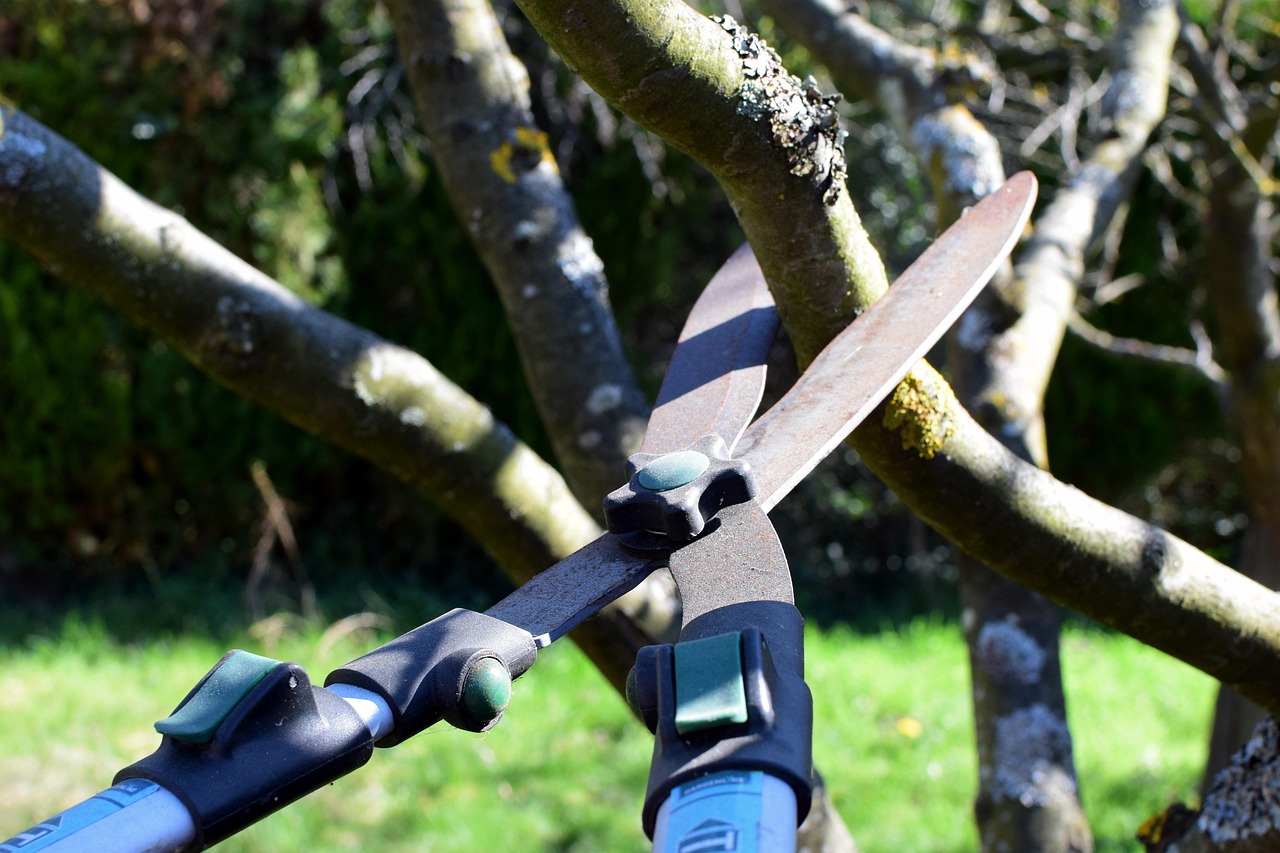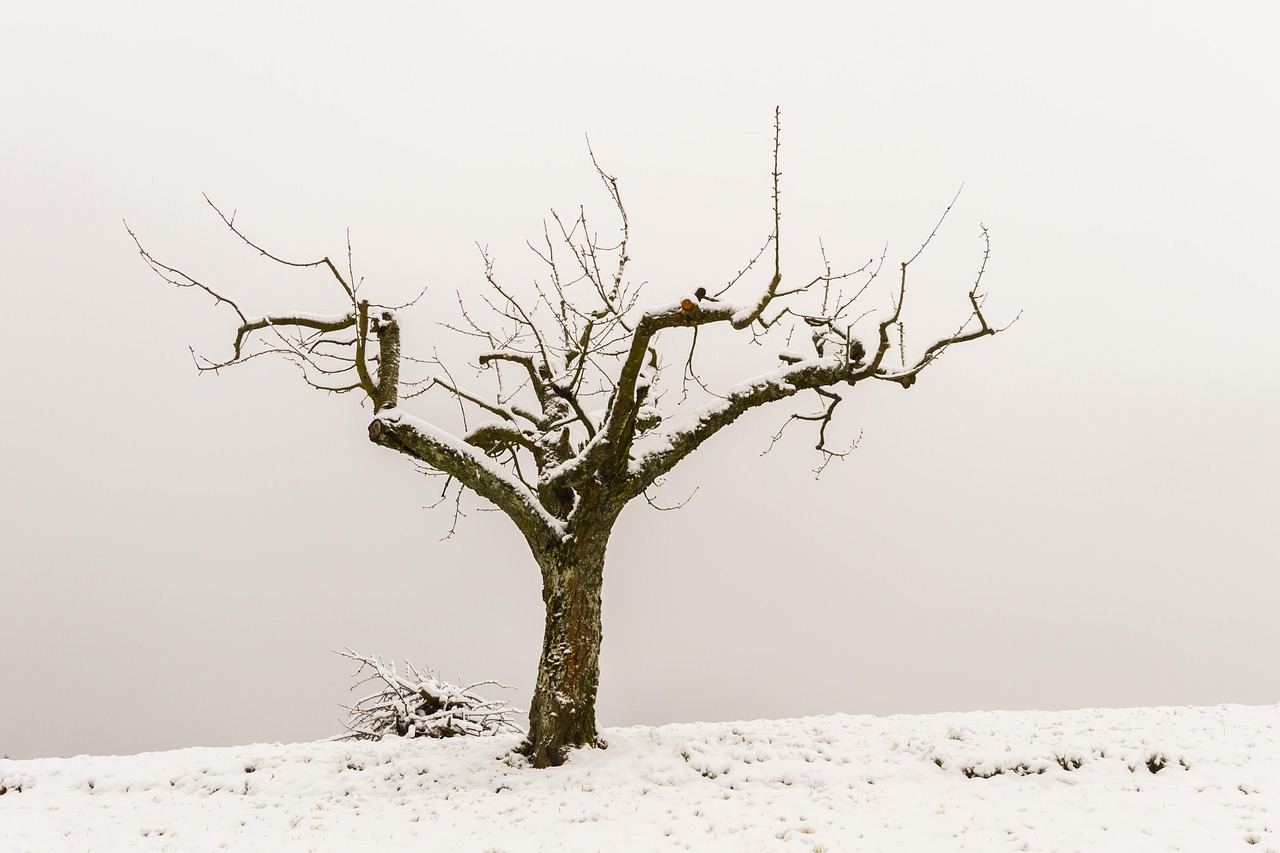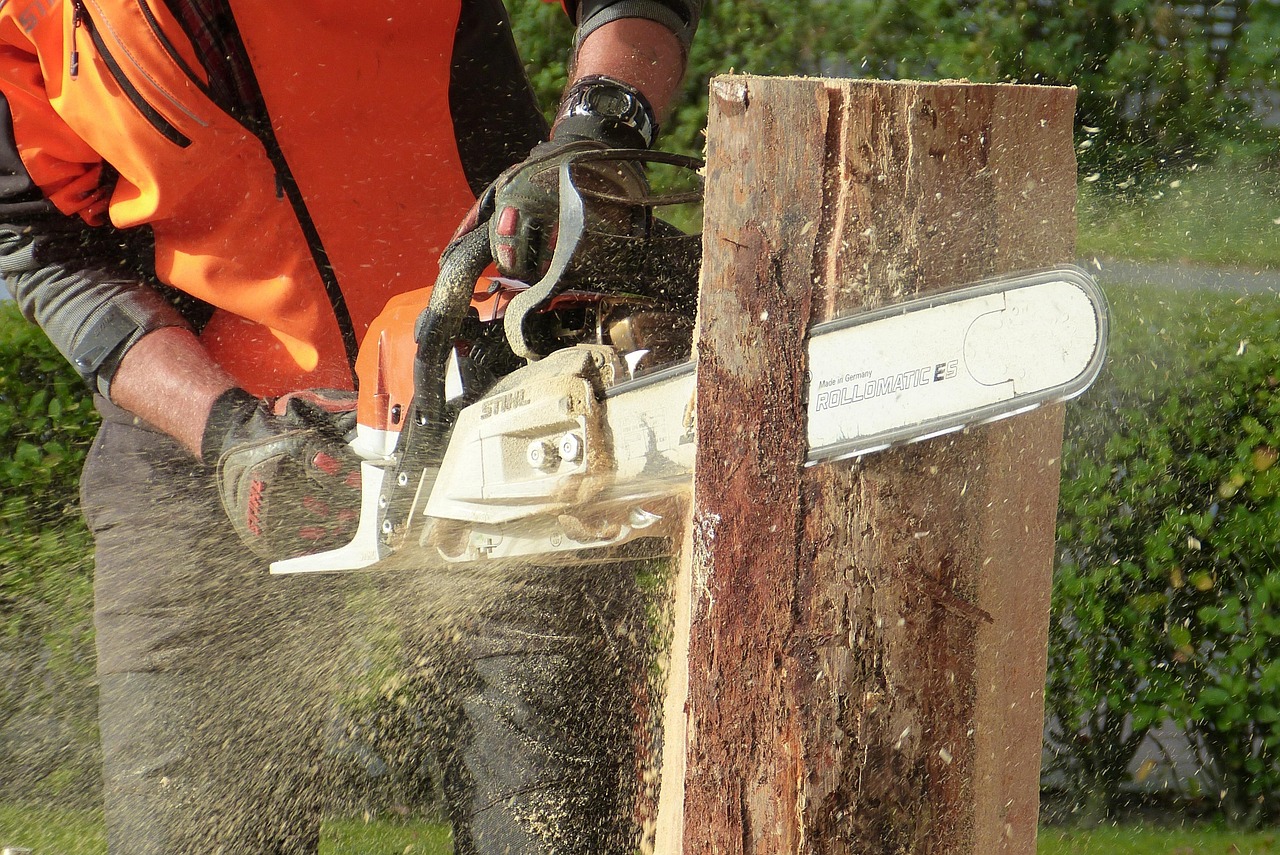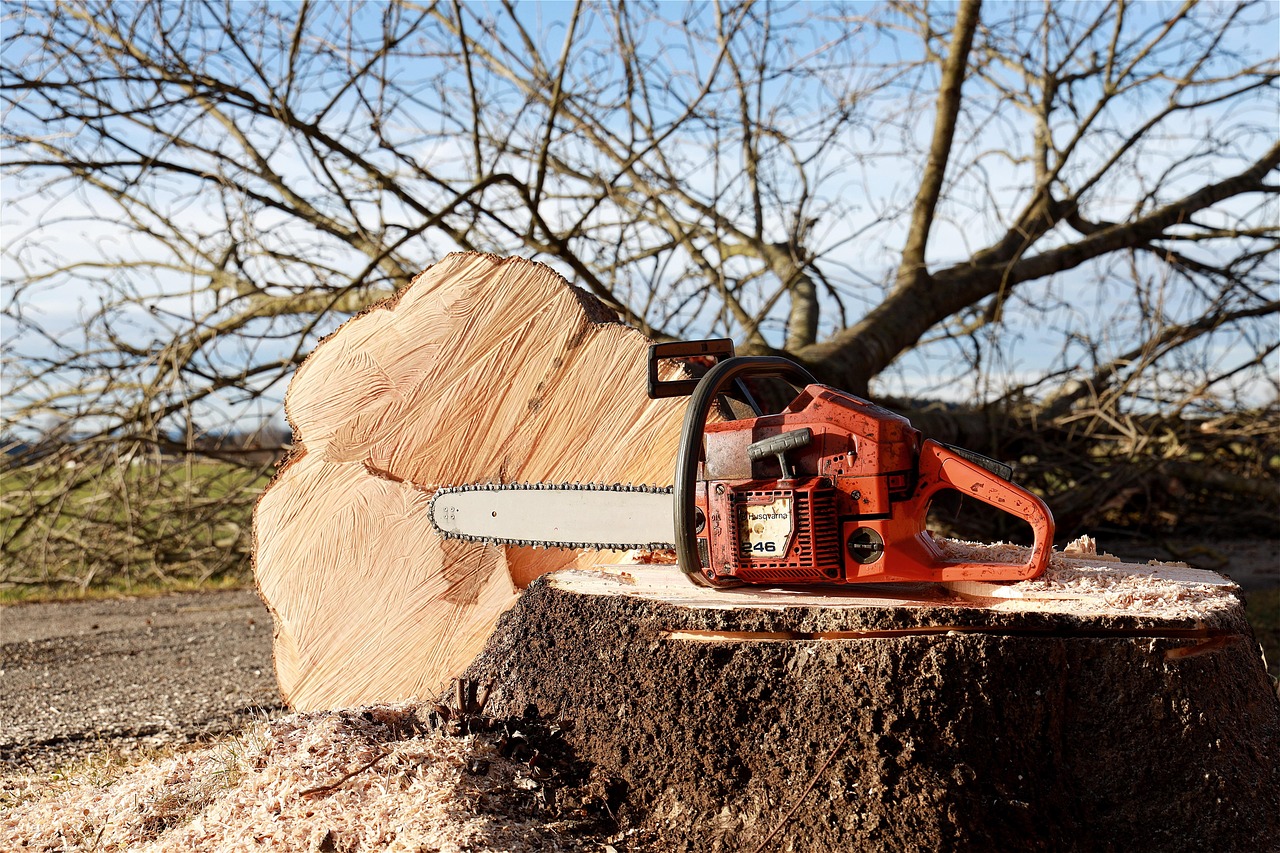Proper pruning is essential for maintaining the health and longevity of old trees. This guide offers practical tips and techniques, including timing, tools, and safety measures, to help you revitalize mature trees effectively—enhancing their beauty, structure, and ecological benefits for years to come.
In my experience, expert pruning does much more than just tidy up a tree; it promotes healthy growth, strengthens the structure, and can turn a once-overgrown old tree into a breathtaking focal point. Removing dead or diseased wood allows sunlight and air to splash into the core, which I’ve seen dramatically improve tree vitality — plus, it looks so much better! When done right, I’ve seen trees live for decades longer than expected, standing proudly as symbols of resilience and history.
Old trees are treasures. They aren’t just about aesthetics — they provide habitats for wildlife, improve air quality, and add character to any landscape. However, as they age, they often need a little extra care. I always remind myself: pruning isn’t just about cutting — it’s a science that demands understanding a tree’s biology, growth habits, and surroundings. Ignoring that can lead to damage or even shorten a tree’s life.

I always emphasize the benefit of strategic pruning — it’s not just about removing dead branches but also encouraging the growth of fresh shoots. From my experience, pruning improves air circulation and sunlight entry, which I’ve noticed makes a real difference in photosynthesis and overall health. Plus, I love shaping the tree to enhance its natural beauty — it’s like giving the old master a well-deserved facelift.
Understanding Tree Biology — My Perspective
Before I get into pruning techniques, I make it a point to understand how trees grow. I’ve studied that trees are complex organisms with key parts I need to respect:
- Roots: Anchor the tree and soak up water and nutrients.
- Trunk: Transports nutrients and supports the whole structure.
- Branches: Form the skeleton that holds the leaves.
- Leaves: Do the photosynthesis magic converting sunlight into energy.
- Bark: Shields everything from pests and environmental harm.
From my personal shots at pruning, I’ve learned that cutting too many branches can stress a tree, so I always try to consider how each part is functioning before making a cut. Knowing how a tree responds helps me make smarter choices for its future.

Pro-Tips
When I first started pruning old trees, I made the mistake of rushing the process. I learned that pruning gradually over several seasons not only reduces stress on the tree but also promotes healthier, stronger growth in the long run. Always remember to start small and increase your cuts over time—this approach is more beneficial than trying to do too much at once.
Initially, I thought using the biggest tools would make the job faster, but I quickly realized that sharp, well-maintained tools make cleaner cuts and reduce damage. Keeping my pruners, saws, and loppers disinfected between cuts has prevented the spread of diseases in my trees.
One lesson I learned the hard way was the importance of correct cutting angles. Making proper cuts at the right angle encourages better healing and minimizes decay. I always make sure to follow the natural branch collar when cutting to support the tree’s natural healing process.
Timing was another challenge. I once pruned a tree during its active growth phase in summer, which led to unexpected sap bleeding and stress. Now, I always prefer late winter or early spring when the tree is dormant—this timing helps wounds heal faster and minimizes stress.
When I started to work on high branches, I underestimated the importance of safety. Investing in a sturdy ladder, wearing protective gear, and working with a partner has made all the difference. Never compromise safety for speed; it’s better to wait or hire professionals if a task feels risky.
Lastly, I used to overlook the specific needs of different tree species, which sometimes caused damage. Now, I research each tree’s particular pruning requirements beforehand. Understanding whether a tree prefers crown thinning, raising, or reduction helps me avoid mistakes and supports the tree’s natural growth habits.
When Do I Prune Old Trees? — My Tips
Timing is everything. I always aim to prune during the tree’s dormant season — late winter to early spring — because I found it minimizes stress and allows wounds to heal more swiftly. I’ve made the mistake of pruning during periods of active growth, and I saw how it weakened the tree for the following season. Every tree species has its quirks, so I advise paying attention to individual needs:
| Tree Species | Best Pruning Time | My Note |
|---|---|---|
| Maple | Late winter to early spring | I avoid late summer to prevent bleeding sap. |
| Oak | Late winter | Pruning early reduces risk of oak wilt. |
| Pine | Late summer | Wait until after new growth hardens off. |
| Fruit Trees | Winter or early spring | Prepares them for a healthy flowering season. |
My Favorite Basic Pruning Techniques
I’ve found that a few simple techniques make a huge difference:

- Crown Cleaning: I always remove dead or diseased branches first, which instantly boosts the tree’s health.
- Crown Thinning: Carefully choosing which branches to remove cuts down crowding without changing the tree’s natural shape — I prefer this to keep the look organic.
- Crown Raising: Clearing the lower branches gives better clearance for foot traffic or vehicles and enhances the overall appearance.
- Crown Reduction: When a tree outgrows its space, I reduce its size but carefully, so it stays balanced and natural.
Use sharp, clean tools — I always keep mine disinfected to prevent disease spread. Clean cuts make all the difference, trust me.
Tools That Make My Life Easier
I’ve learned that having the right tools is essential. Over the years, I’ve accumulated a small arsenal:

- Hand Pruners: Perfect for small branches — I always keep a sharp pair handy.
- Loppers: For thicker branches, these give me leverage and precision.
- Pruning Saws: When I tackle bigger limbs, these make the job smooth and cleaner.
- Pole Pruners: My go-to for reaching high limbs without a ladder — a real time-saver.
- Chainsaws: For the really big jobs, I use these carefully, always with safety gear.
My tip: Keep everything sharp and disinfected between uses, especially if I prune multiple trees. It prevents spreading disease and ensures clean cuts.
Specific Tree Types and My Approach
Deciduous Trees
I prefer pruning these during their dormancy. I focus on crown thinning and reduction to manage size and improve airflow.
Evergreens
Since these trees keep their foliage year-round, I prune cautiously — mainly tip pruning and raising the crown to keep their shape neat and natural.
Fruit Trees
To encourage fruit, I train young trees early and thin out excess branches. Timing the pruning right before flowering makes a noticeable difference in fruit quality.
My Take on Timing & Signs for Pruning
Timing has always been crucial for me. I avoid pruning during active growth, mainly in spring or hot weather, because I’ve seen that it stresses the tree. Instead, late winter or early spring works best — I leave the tree to rest and heal.
Knowing when a tree needs pruning is second nature now. For me, dead or dying branches are obvious signs. Too many crossing branches or signs of pests alert me to act fast. A tree with uneven growth or leaning also catches my eye — it’s time for some expert care.
Assessing Tree Health — My Routine
Before I start pruning, I give the tree a quick health check: bark condition, leaf vigor, root stability, and any pests. Making sure the tree is generally healthy helps me avoid unnecessary cuts and focus on what truly benefits the tree.
Advanced Techniques I’ve Tried
Restorative Pruning
This technique is my go-to for neglected trees. I take my time over several seasons, gradually removing dead and crossing branches to restore their natural form and encourage new growth.
Pollarding
I’ve used this method on some trees needing control. It involves cutting back to the main trunk, then managing new growth each year. It’s effective but requires ongoing care to keep the tree healthy.
Beware of Mistakes — My Lessons Learned
- Over-pruning: I’ve learned that removing too much at once stresses the tree more than helps. Always prune gradually.
- Improper cuts: Making cuts at wrong angles or leaving stubs can cause damage — I always aim for clean, decisive cuts.
- Wrong timing: Pruning during active growth makes the tree vulnerable — I stick to dormancy whenever I can.
- Ignoring species needs: Different trees require different approaches — I always research before pruning a new type.
Staying Safe — My Priority
Pruning can be risky. I always wear gloves, goggles, and a helmet when working high up. I use sturdy ladders, and if I’m working near power lines, I keep a safe distance. Having a buddy nearby has saved me more than once when I’m up on a ladder. Safety first, always.
Eco and Community Considerations
I try to prune with respect for the environment. I avoid disturbing nesting birds during breeding season, and I check local regulations — some trees are protected, and I don’t want to cause issues. Participating in local tree care days or workshops is something I highly recommend — it keeps me learning and connected with others who share my passion for trees.
Post-Pruning Care — How I Keep My Trees Healthy
- Water: I give the tree a thorough soak after pruning, especially in dry weather.
- Feeding: A balanced fertilizer helps push new growth.
- Monitor Pests: I keep an eye out for pests or disease signs — catch them early.
- Wounds: I’ve debated about using dressings, but generally, I let the tree’s natural healing process do its thing.
Long-Term Strategy: My Philosophy
I believe in regular check-ups and proactive care. Mulching around the base helps moisture retention, and soil testing guides me on fertilizing. Long-term, I plan to keep learning about my trees’ needs and collaborating with local experts. It’s all about giving them the best conditions to thrive long after my initial pruning.
Getting Involved and Sharing My Knowledge
I always encourage fellow enthusiasts to join workshops or volunteer for local projects. Teaching others what I’ve learned not only helps the trees but keeps the community engaged and responsible for our green spaces. Sharing stories and successes has created a network of support that makes my tree care journey even more rewarding.
Following Rules & Staying Responsible
I make it a point to know local laws regarding tree pruning, especially for protected species. When in doubt, I hire certified arborists for complex jobs. Supporting conservation efforts also feels good — ensuring these old trees can stand tall for generations to come.
In Conclusion — My Takeaway
From my personal experience, revitalizing old trees isn’t just about aesthetics — it’s about honoring their age, history, and ecological role. With patience, knowledge, and care, I’ve seen these trees flourish again
